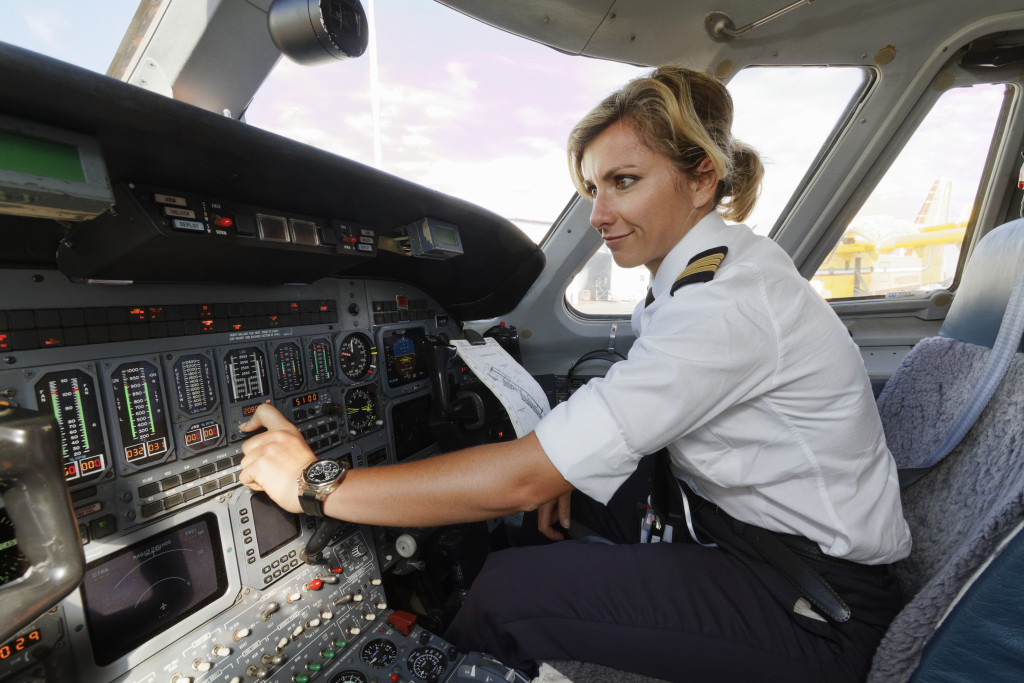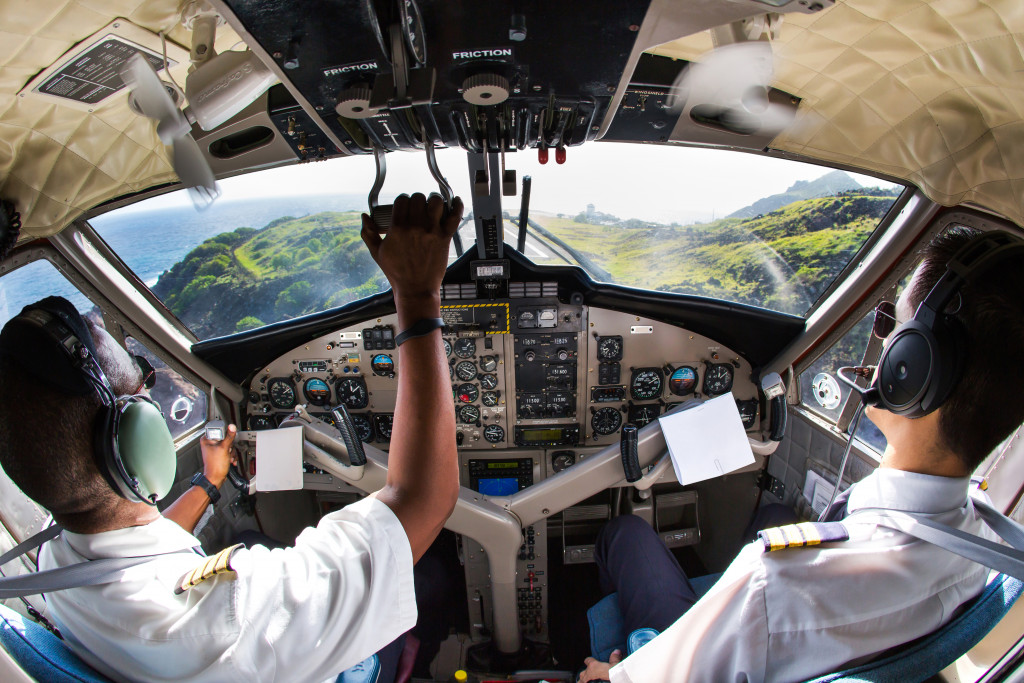Before the pandemic, the aviation industry is one of the most successful in the world. Tourism across different countries was booming, resulting in heavier air traffic. Many boys and girls enrolled in stellar flying lessons, hoping to get a shot at the amazing profession of piloting. Indeed, being a pilot can fulfill one’s insatiable desire for traveling, not to mention allow one to earn an above-average income.
But then the pandemic hit, halting all domestic and international air travel. As a result, airlines lost revenue, and many pilots were forced to find another source of income. It had been disheartening to see pilots at the peak of their careers suddenly go back to square one. Pilots-in-training, on the other hand, had their dreams robbed from them without warning.
Of course, we all knew that the disruptions in the aviation industry were just temporary. But still, the impact it left on airline companies and pilots was substantial. Until today, many countries still ban traveling, so tourism is far from recovered. The only time the aviation industry will truly bounce back is when the pandemic finally ends.
How the Aviation Industry Responded to the Pandemic
During the onset of COVID-19, China and other Asian countries strove to contain the virus. But, as we all know, it still ended up spreading to other regions, resulting in a global pandemic. This prompted almost every country in the world to close their borders until international flights became banned altogether.
Flights were limited to healthcare-related travels. As a consequence, air traffic levels declined, followed by revenue. This made airline companies and airports unable to pay their employees. As such, many of them urged their employees to take unpaid leaves until the travel ban got lifted.
For many employees in the industry, especially the ground crew, taking unpaid leave isn’t normally an option. But because of the circumstances, they had no choice but to follow their employers’ advice. We couldn’t blame airlines and airports either; forecasts reported that major airports could lose up to $500 million in aeronautical revenue alone during the pandemic.

How Pilots Coped
According to a survey by FlightGlobal, only 43% of pilots are still on the job, 30% are unemployed, 17% are on leave, and 10% have taken non-flying roles. Those that are still flying reported facing deteriorating working conditions. Cathay Pacific, for example, implemented permanent pay cuts of up to 58%. Turkish Airlines and Singapore Airways temporarily reduced salaries.
Of course, these are all a given, with the pandemic impeding the revenue cycle of airline companies. However, it’s disheartening to see that pilots are the ones paying the price. One pilot from the UK, who was left unemployed after his airline company shut down in 2019, faced the same problem again a year later because of the pandemic. He was working in Dubai then and had to go back to the UK after being considered redundant for the second time. However, since travel restrictions were imposed, he had no choice but to stay and look for other jobs. That’s when a series of other challenges faced him, as he was deemed overqualified for occupations unrelated to flying.
The pilots who are still flying, on the other hand, had to deal with mandatory temperature checks, routine disinfection, quarantines, and decreased air travel, in addition to the pay cuts. Luckily, they’ve learned to adapt to their new reality. They took up new hobbies to fill their time with while in mandatory quarantines. The change in their routines hadn’t been easy for them, but they’re thankful that they’re able to maintain their jobs all the same.
How Flight Schools Adjusted
Unsurprisingly, flight schools faced a significant decline in enrollments during the pandemic. But hope is far from lost for cadets, or pilots-in-training. History has proven that aviation always bounced back after a time of crisis. So why would it be any different now?
While it’s undeniably sad that many pilots lost their careers last year, it’s not a reason for cadets to give up their dreams. With the vaccinations now available, travel restrictions are slowly lifting. In time, international travel will go back to normal. It may take a while before the restrictions completely disappear, but as of now, we’re seeing promising progress. Schools and universities have already re-opened in most countries, so flying schools are definitely ready to take in cadets again.
When we finally beat the pandemic, the pilots who lost their jobs may be able to fly again. New pilots, on the other hand, will be the first ones to experience the changes in the aviation industry brought by the pandemic. Right now is still a tough time for everyone, but we’re closer to bouncing back than we’ve ever been.

